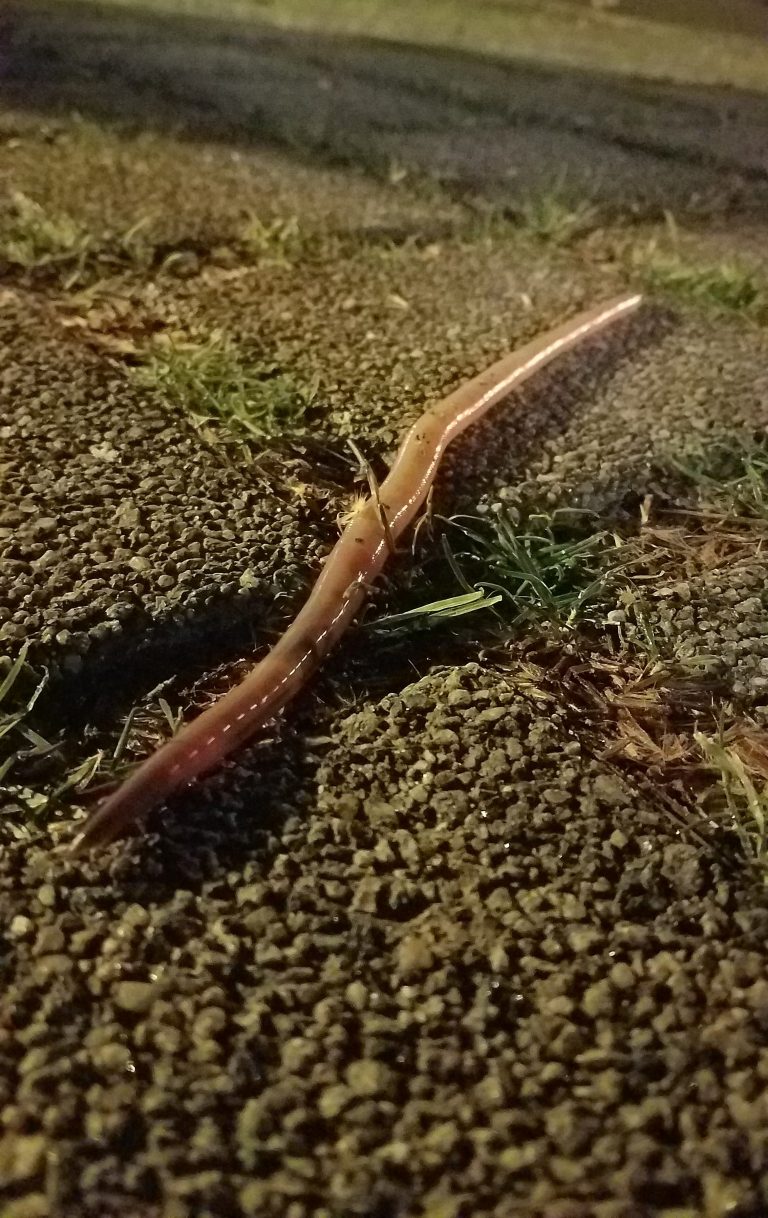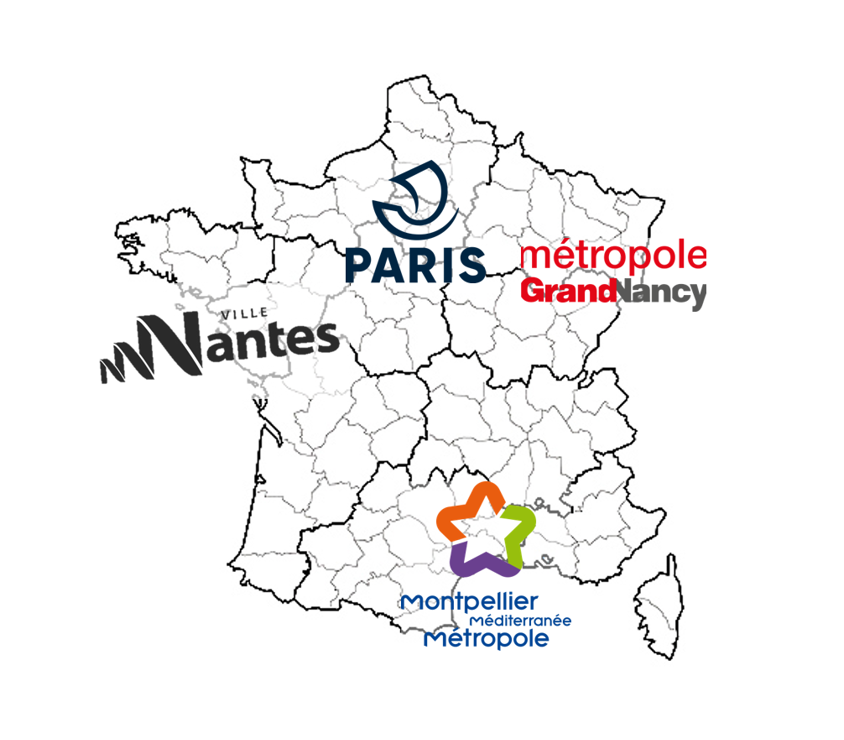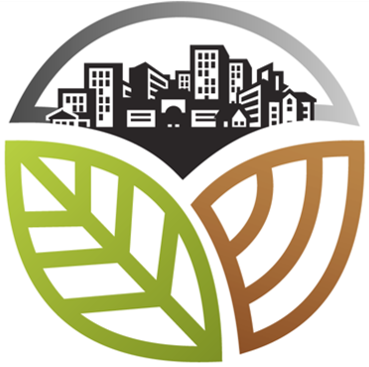Objectives
Today, more than half of the world’s population lives in urban environments that can have negative impacts on agricultural and natural ecosystems (pollution, artificialization, biodiversity loss). To limit these impacts, a transition towards a sustainable and productive city model based on the development of nature in the city is nowadays plebiscited. This requires a better understanding of the ecology of urban socio-ecosystems, with a major challenge linked to the knowledge and management of soils.
In these urban ecosystems, soils are an integral part of natural webs (green and brown webs) and can meet many needs for populations in terms of services rendered: production of plant biomass, mitigation and adaptation to the effects of climate change (carbon storage, limitation of the effect of urban heat islands), reservoir of biodiversity, etc…

The common objective for these areas is to achieve multifunctionality, of which soil biodiversity is a major pillar because of its involvement in the functions of interest for the productivity of urban agriculture, but also, more broadly, for the return of nature to the city, the reconnection to nature and the well-being of city dwellers. Knowledge of the biological component of soils is therefore a crucial issue for the sustainable management of urban areas.
The Bises program aims to increase knowledge of the biodiversity of urban soils and their influence on the functions and ecosystem services they provide.
The BISES project is being carried out in four cities with contrasting biopedoclimatic situations (Paris, Nancy, Nantes and Montpellier) and its general objective is to understand the ecology of communities of organisms in urban soils. In particular, it aims to acquire a better knowledge of soil biodiversity and to understand its spatial and temporal dynamics in urban environments: parks, private gardens or urban farms. One of the project’s challenges is to determine the impacts of practices but also of colonization mechanisms on urban soil biodiversity, and the functions and ecosystem services that this biodiversity provides with regard to the multitude of expected services (supply, biomass production, climate and water regulation, biocontrol).

Method
An ambitious sampling was carried out on 200 sites spread over the 4 pilot territories and over two consecutive years. All the major families of soil fauna (macro-, meso- and microfauna) and microorganisms (bacteria and fungi) were sampled. Soil physicochemical parameters (pH, mineral and metal content, etc.), biogeochemical stability of carbon and microbial respiration were measured.
The coupling of all these indicators will allow to diagnose the quality of urban soils in order to identify the most virtuous management practices. The indicators will also be used to analyze the spatio-temporal dynamics of soil fauna communities and in particular to empirically test certain theories such as Metacommunities; neutral theory coupling, dispersion and competition or the area-species relationship. Finally, the flows of organisms between spaces will be analyzed using indirect methods that consist in crossing the properties (taxonomic and functional) of communities with landscape properties or network measurements.
